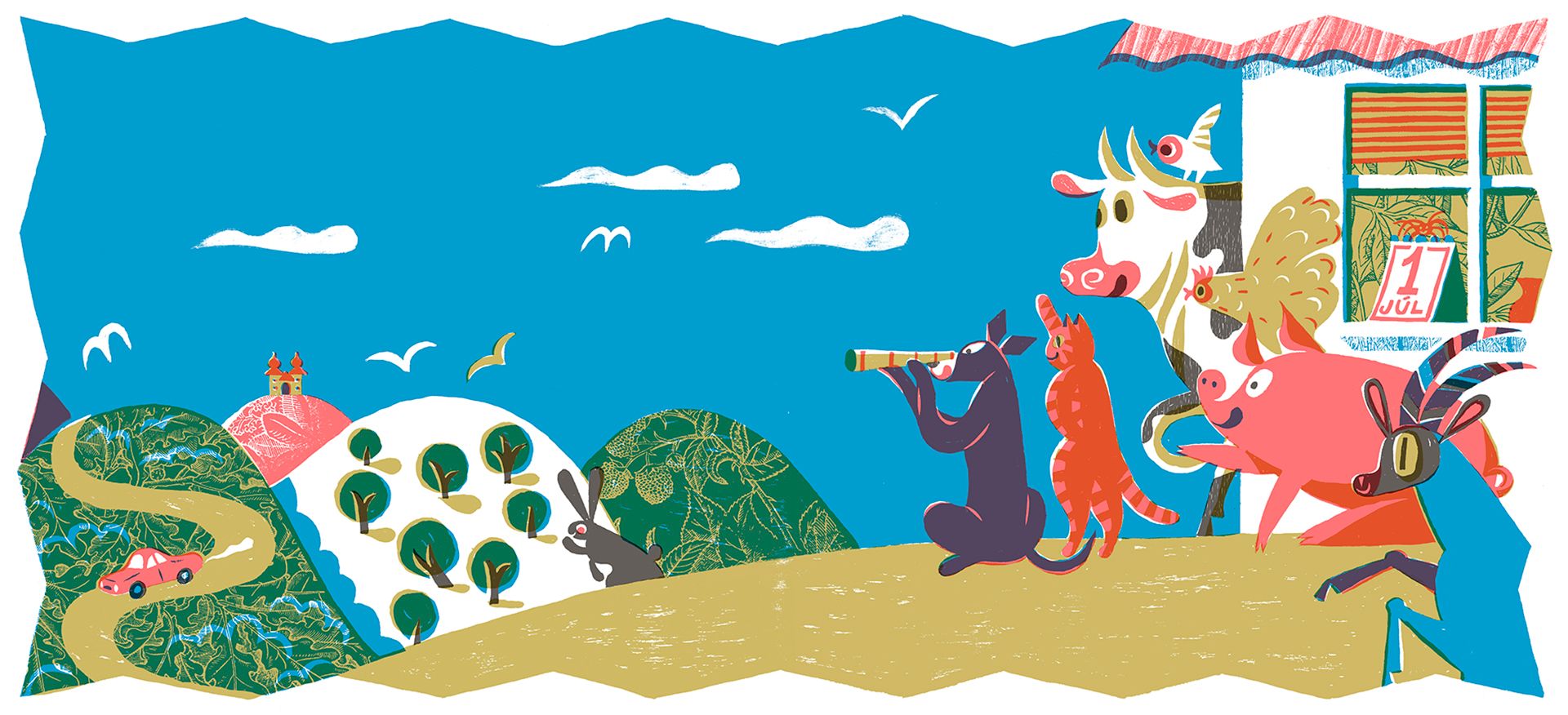Text and image, book and illustration are closely intertwined: neither is subordinate to the other, they acquire their full meaning together, in their relationship with one another. We asked Slovak illustrator Daniela Olejniková about children’s books, creation and visual storytelling. Interview!
You are an illustrator who works in several themes and genres, yet it is still the field of children’s books illustration where you really found yourself. What moment can this realization be traced back to?
I always knew I wanted to do something related to art, but I didn’t know exactly what that could be. Right after graduating from a high school focused on mathematics I was accepted—with a great deal of luck, I must confess—to the Department of Painting at the Academy of Fine Arts in Bratislava. For two years I was being told that my paintings had been „too illustrative“. I didn’t know exactly what that meant, and so I decided, a bit out of spite, to transfer to Professor Dušan Kállay’s Studio of Illustration. Much to my surprise, I immediately felt in my element. The book as a medium suited me very much, I enjoyed thinking about ways to narrate the story visually. My first major assignment was an adaptation of a classic fairy tale by Hans Christian Andersen. I chose The Nightingale, but I transposed it to contemporary China. The work was displayed at the Illustrators Exhibition at Bologna Children’s Book Fair, and from that moment commission offers started to arrive. However, I think I was already decided beforehand.

What inspires you in visual storytelling?
I really enjoy working on an initial rough storyboard, especially with picture-books, when I just think about the whole dramaturgy and dynamics that could arise during reading.
I am interested in developing a relationship between text and images—looking for what needs to be displayed, what needs to be pointed at. I like it when both these components mutually complement and cannot be taken apart.
I tried both positions—of a writer and an illustrator—in the children’s book A Cure for Little Wolf. It was a very special experience, because I had the opportunity to modify the text during the whole creative process—to add or remove what I found appropriate.

Are there any specifications or boundaries which we should consider while creating illustrations for children? How does this affect the creative process?
As far as artistic expression is concerned, I do not think we can talk about any boundaries. Children are very different, some are immersed inward, others more fun orientated—the worst thing would be to try to please everyone.
I consider it important to provide enough room for the child’s imagination, not to underestimate the little reader and not to overly explain everything to her/him. And one should not forget the parent, for whom a children’s book should also be an interesting experience.
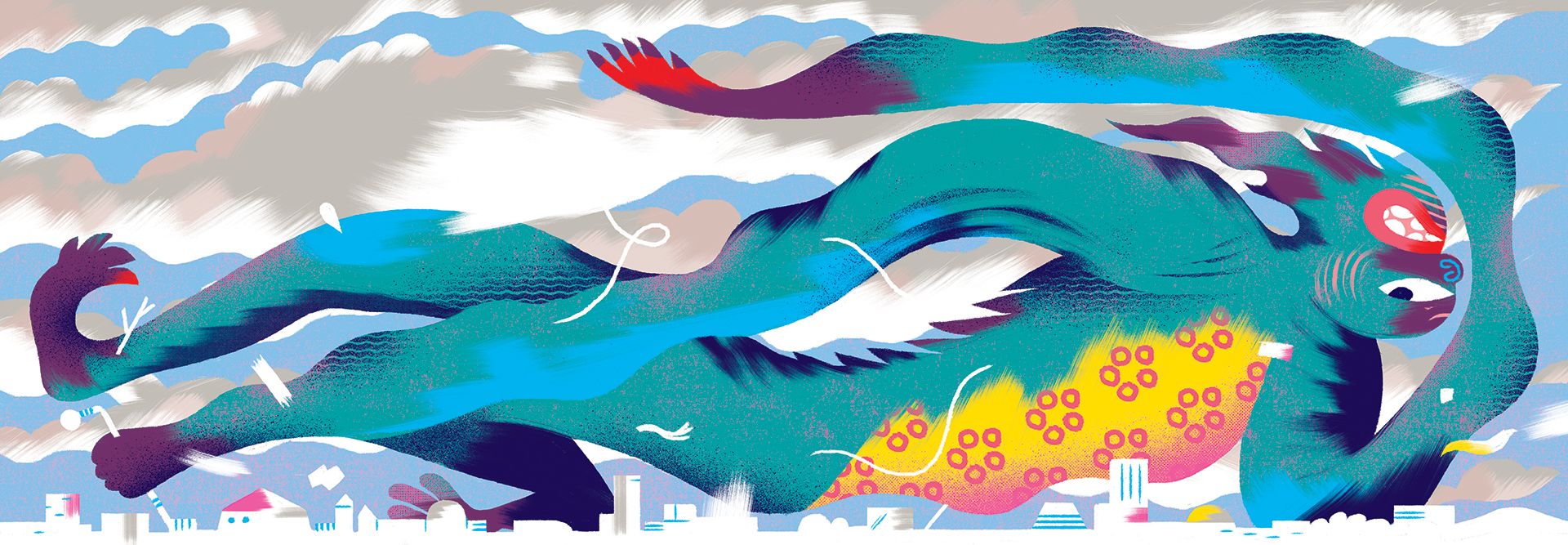
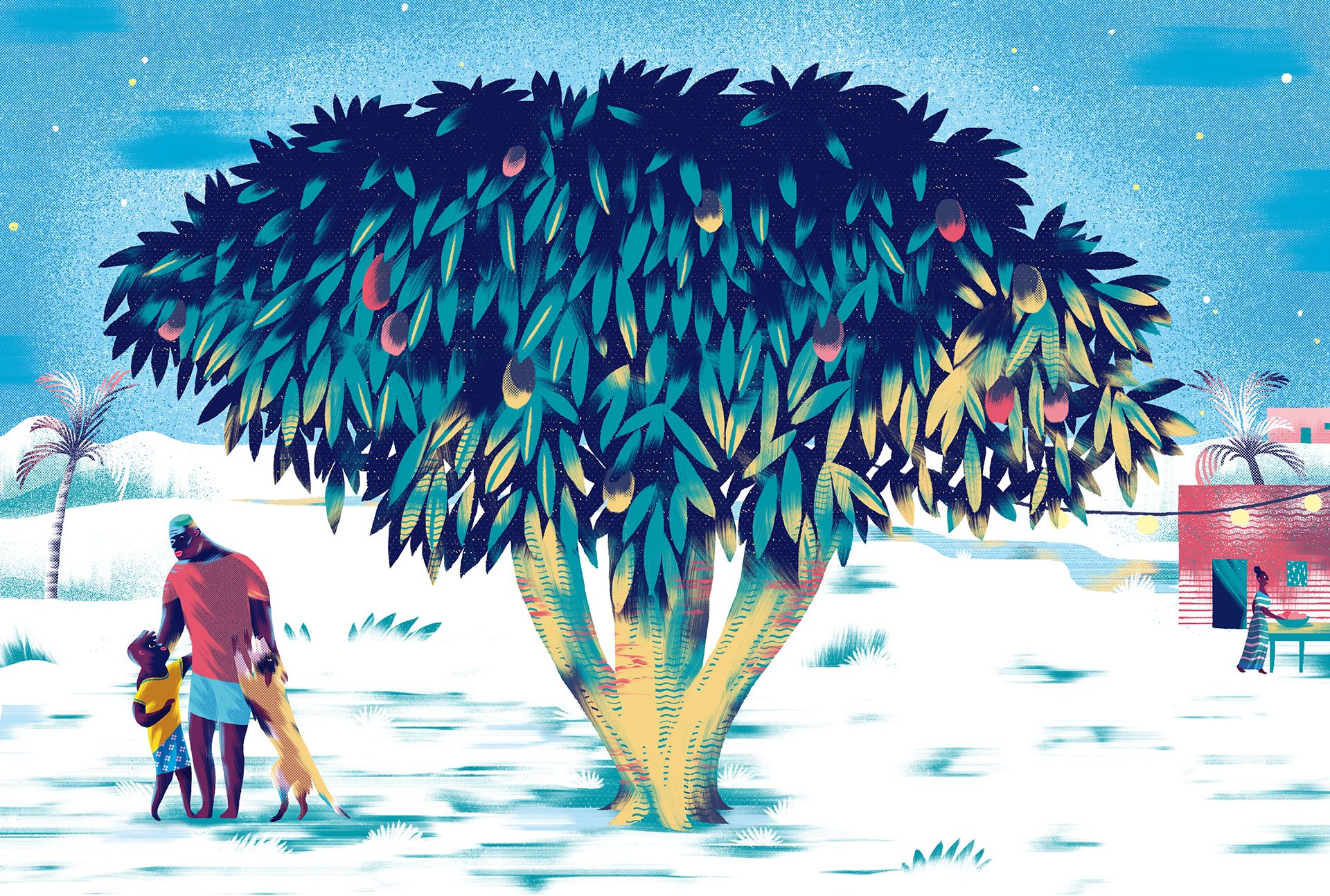
Of course, there are topics that are notably difficult to render, and there are always readers who are not fit to accept a particular rendering. Exploring this boundary is quite interesting to me, both as a creator and as a reader.
The above mentioned A Cure for Little Wolf, for example, is about the friendship with a person who suffers from depression, while Marek Vadas’ book The Escape is about the journey of a child migrant. The latter has so far been translated into seven languages, and in the course of numerous debates, the author and I had the opportunity to observe the reactions of many children and adults, and we were surprised at how much their perceptions and observations differed. Our new joint children’s book is about Cruel Marta, who cannot deal with animals properly at all. We expect all kinds of reader reactions.
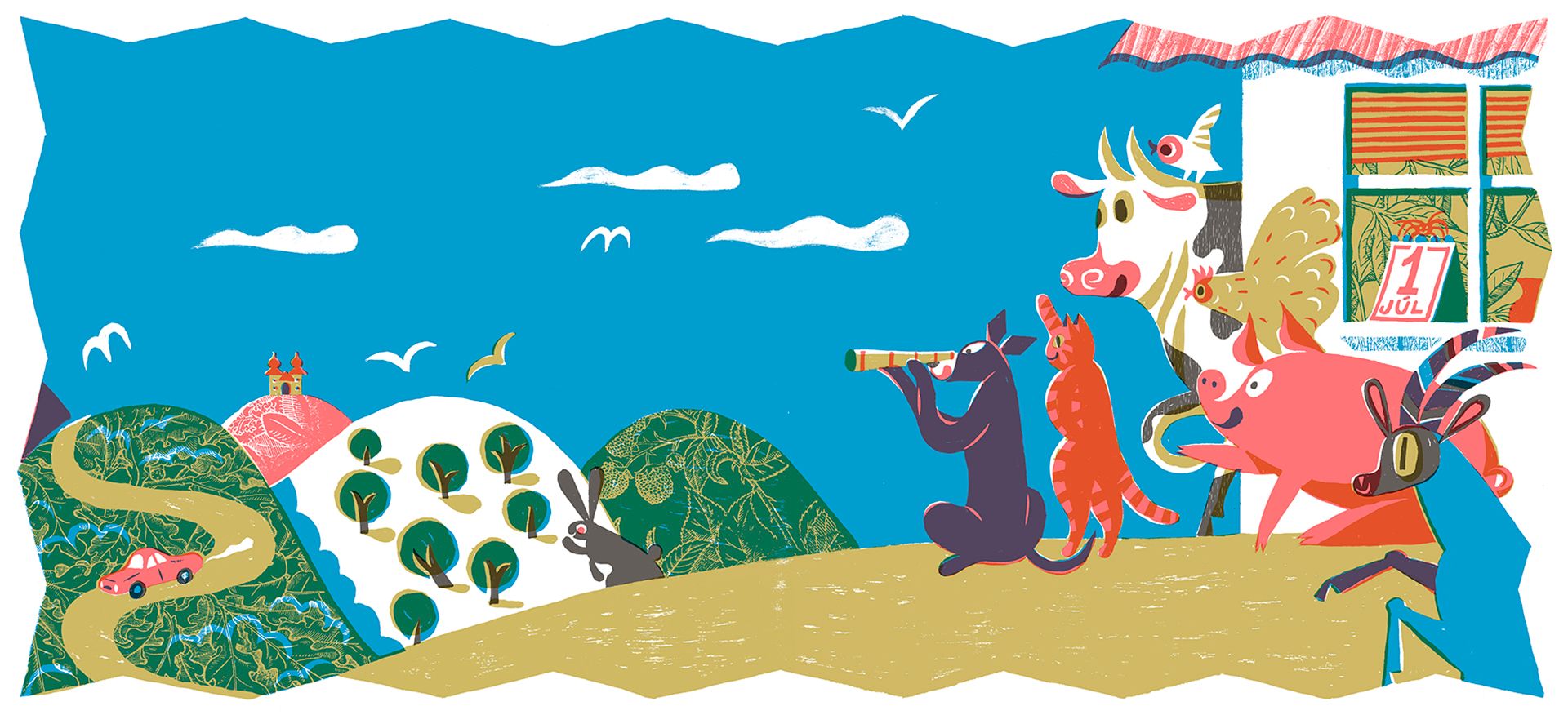
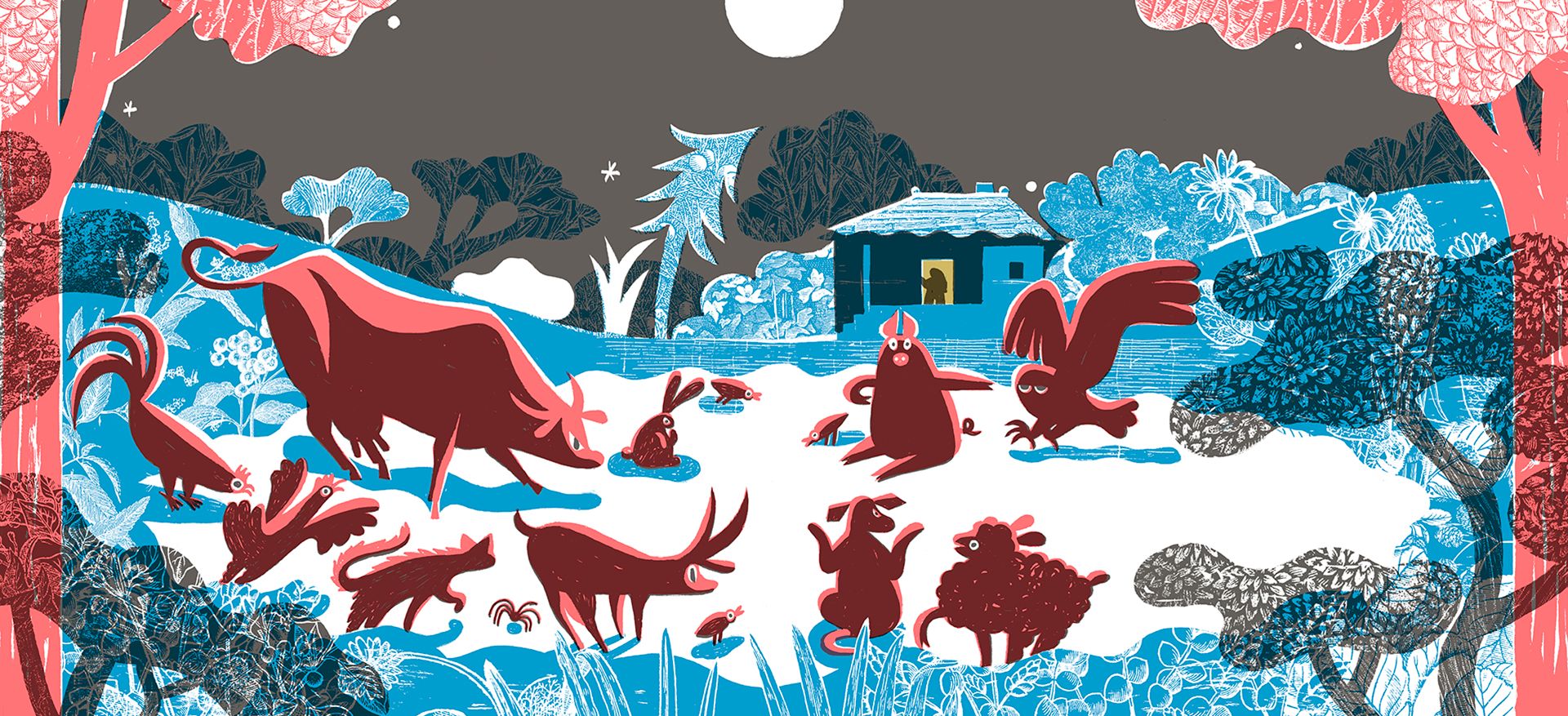
Which children book was the most interesting or challenging for you to illustrate and why?
When I started working on the book The Escape, I face-palmed at first—how should I tackle this topic? The text is beautiful but heavy, and its open conclusion must be deciphered by the reader herself/himself—as a tragedy or a happy ending. So I decided to try to support the hope that was contained in its narrative—either by the color palette I chose for my illustrations, or by tiny details and stylization of the book‘s characters.
A completely different book, both a challenge for me and an immense pleasure to illustrate, was a children’s encyclopedia about insects, rodents, snakes and other monsters: Verminarium written by Jiří Dvořák. I was able to return to my beloved linocut after a long time, to which I added various rasters and patterns—all that in bright reflective colors in totally insane contrast to this traditional graphic technique.
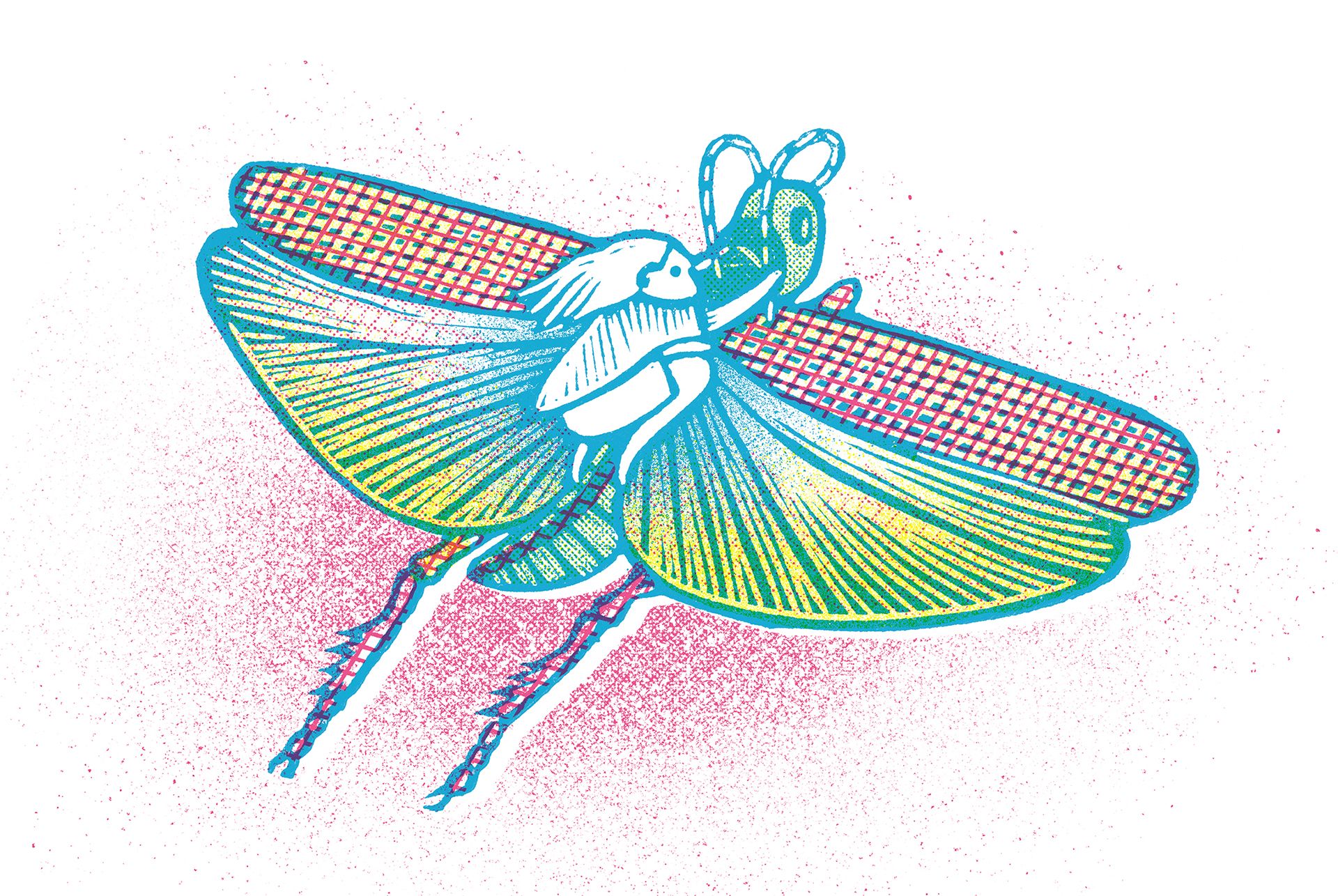
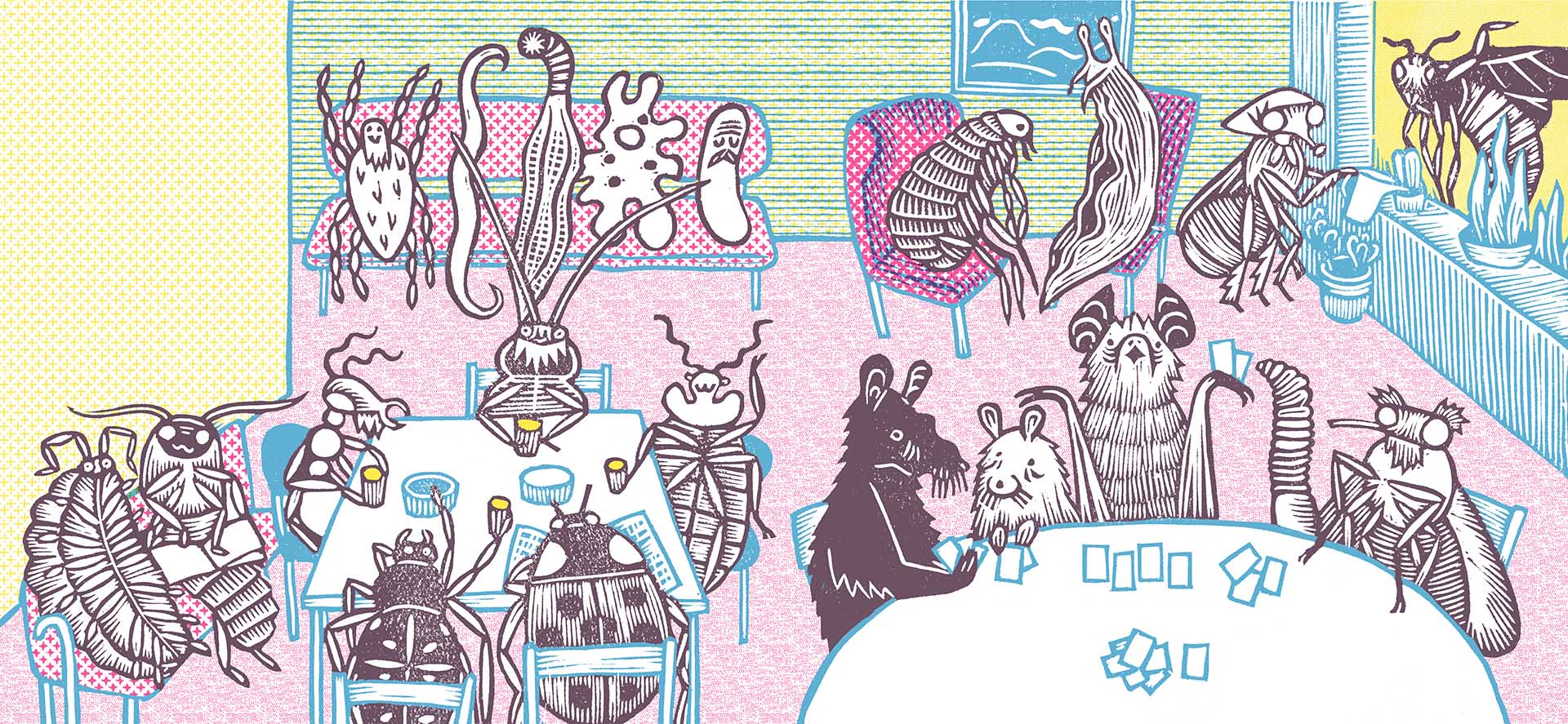
Your illustrations have a really particular style with vivid colors, combined with different patterns or textures regardless of themes—they all seem a little like you are applying traditional methods. What are your signature techniques?
Although I work mainly digitally, I still greatly benefit from my experience with analogue graphic techniques, especially linocut and screen printing. I have been fascinated by imperfections, shifts, defects, rasters, the principle of layering the colors. The computer can nicely simulate these techniques, but in recent years I have been more interested in how to advance further the analogue material in the computer and try to create a completely new visuality from it. As digital tools use such a variety of tools and possibilities, at the beginning of a project I like to impose on myself a set of strict limitations, which tools or procedures I can use this time. I like to work—and often do—with direct Pantone colors:
it is thrilling since illustrations do not acquire their final form until they are printed on paper.
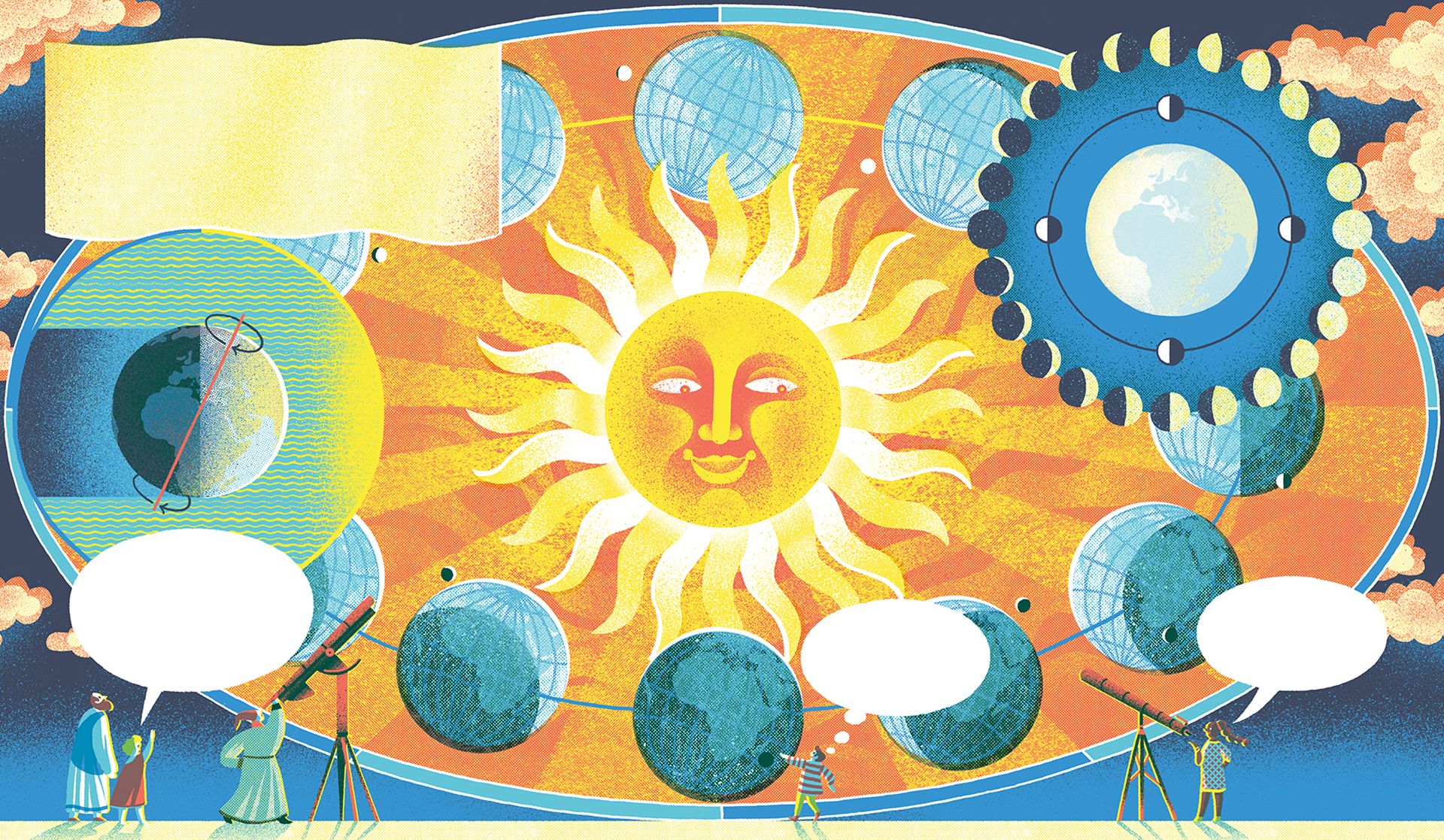
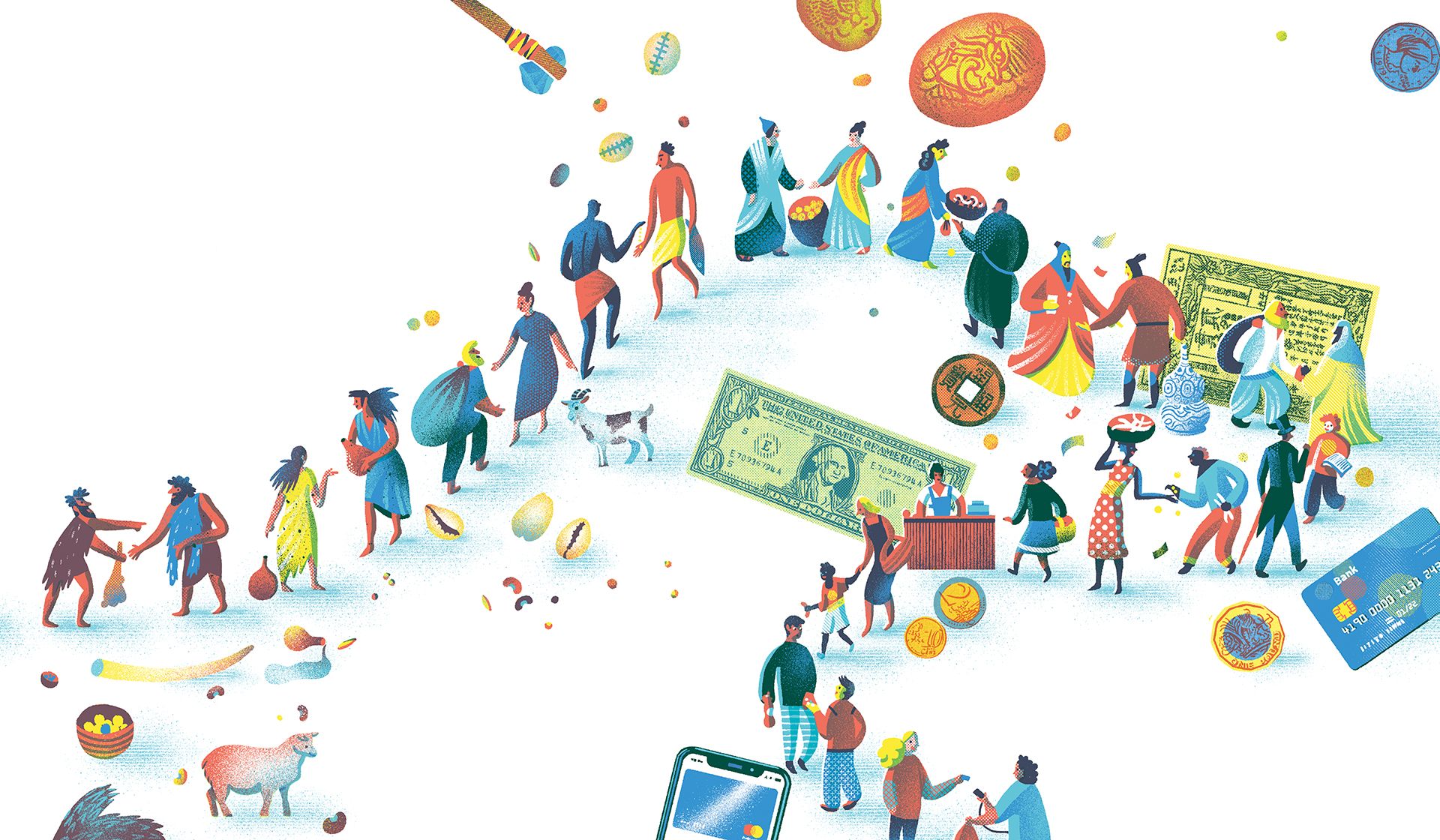
You not only illustrate for children, you also worked for the Čierne diery project, which promotes the built heritage of Slovakia. Could you tell us a little more about this collaboration?
I am not sure whether I have not actually illustrated more publications for adults than for children. I have cooperated with Čierne diery from the beginning of the project (we have already introduced it in detail on HYPEANDHYPER – the Ed.). At first, I only made art works with motifs of architectural monuments for them, which they printed on their risograph machine. Later, I was invited to illustrate their first book on forgotten industrial heritage in Slovakia. Last year, they published a book specifically about Bratislava—thirty buildings or complexes, some of them in the process of restoration, some endangered and many already irretrievably destroyed. I was working on the three-color riso prints for this book for more than half a year, and it took them a few months to print, sort, and sew them together by hand.
Čierne diery has become an immense phenomenon in our country. Beside me, they work with dozens of emerging and established authors, mostly illustrators, and the editions of graphics and books they publish are usually sold-out within minutes. Their activities have aroused a great interest in the public. Thanks to that they are able to improve the situation of many run-down and endangered industrial buildings.


What are you working on at the moment and what are your plans for the future?
Currently I am working in cooperation with the small publishing house Egreš (which we have already written about here – the Ed.) on a booklet about life in Bratislava for the superb team of our Mayor. We introduce children to various aspects of the city, such as public transport, visual pollution, or how to care for the elderly.
Otherwise, I am trying hard to flip the ratio of working behind the computer and the manual work in favor of the latter. This year I plan to devote more time to my personal projects—for example, I am determined to finish writing my second book for children, which I have been carrying in my mind for more than three years.

Dumplings filled with childhood memories—ZHU & Co.
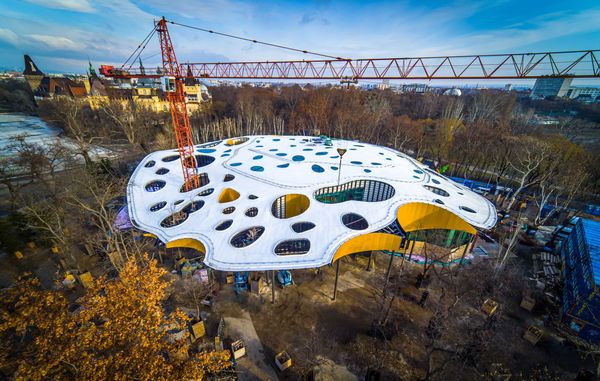
Music and? | Five reasons to look forward to the House of Hungarian Music










